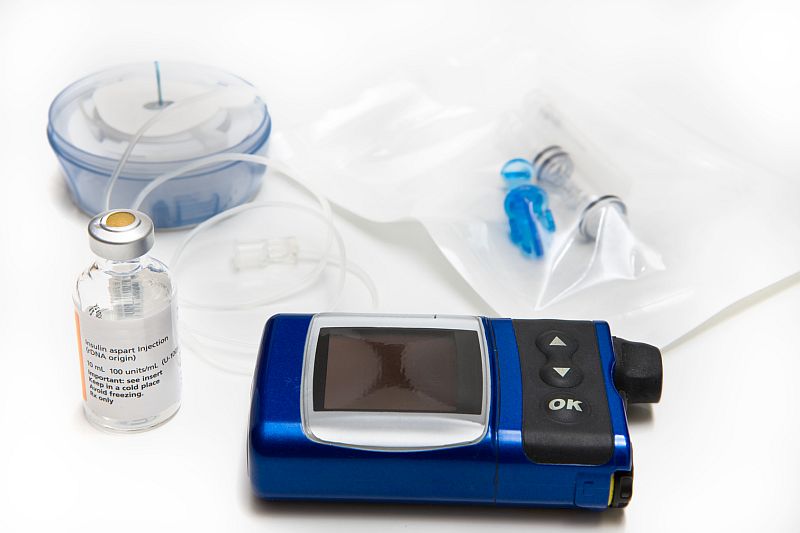Continuous Glucose Monitors Make Managing Diabetes Easier

SATURDAY, Feb. 9, 2019 (HealthDay News) -- Monitoring blood sugar is essential for many people with diabetes, but self-testing is a hassle. For some patients, using a continuous glucose monitor might be the solution.
The monitors were originally designed for people with type 1 diabetes to keep track of their blood sugar throughout the day. Using a sensor and a receiver, these devices track factors such as exercise, stress, certain foods and sleep that can affect blood sugar.
It's become more common to see these monitors used by people with type 2 diabetes, because continuous glucose monitors are now much easier to use.
"Even my patients in their 70s are doing a great job of using these devices," said Dr. Elena Toschi, a staff physician in the Adult Diabetes Center at Joslin Diabetes Center in Boston.
These devices are recommended for all people with type 1 diabetes, those who have hypoglycemia or those who are not able to achieve an A1c below 7 percent, Toschi explained in a Joslin news release. A1c is a measure of a person's average blood sugar level over the past two to three months.
"Continuous glucose monitors have an alarm, which will let you know if your blood glucose level is high, but more importantly, they can tell you if you blood sugar is dangerously low," Toschi said in the news release. "Many people with type 1 develop hypoglycemia unawareness, meaning that they don't have symptoms until they lose consciousness."
For people with type 2 diabetes -- specifically those who take several daily insulin injections, have unexplained highs or lows or have hypoglycemia unawareness -- a continuous glucose monitor may be a useful tool since newer devices are smaller and more accurate.
For women with gestational diabetes (a form of diabetes that develops during pregnancy), a continuous glucose monitor is an important tool for keeping blood sugar in check. Pregnant women need to have very tight blood sugar control, and the monitor provides real-time feedback on different types of foods, helping them to figure out what to eat and when.
Some people may not want to wear a device that lets others know they have diabetes. "The device may highlight the fact that you have diabetes, when you want to keep your condition private," Toschi said. "It's really about personal preference."
And some people may not want to keep being shown their blood sugar levels. Getting feedback every five minutes may raise anxiety and stress about diabetes, making its use counterproductive, she said.
These devices may be covered by Medicare. For people with type 2 diabetes whose insurance does not cover one, there are models that are affordable, Toschi noted.
But you also need to factor in any out-of-pocket expenses and ongoing costs, such as supplies like sensors and dressings to cover them.
To make the best decision, talk to your doctor or certified diabetes educator, Toschi advised.
More information
For more on living with diabetes, visit the American Diabetes Association.

The news stories provided in Health News and our Health-E News Newsletter are a service of the nationally syndicated HealthDay® news and information company. Stories refer to national trends and breaking health news, and are not necessarily indicative of or always supported by our facility and providers. This information is provided for informational and educational purposes only, and is not intended to be a substitute for medical advice, diagnosis, or treatment.

